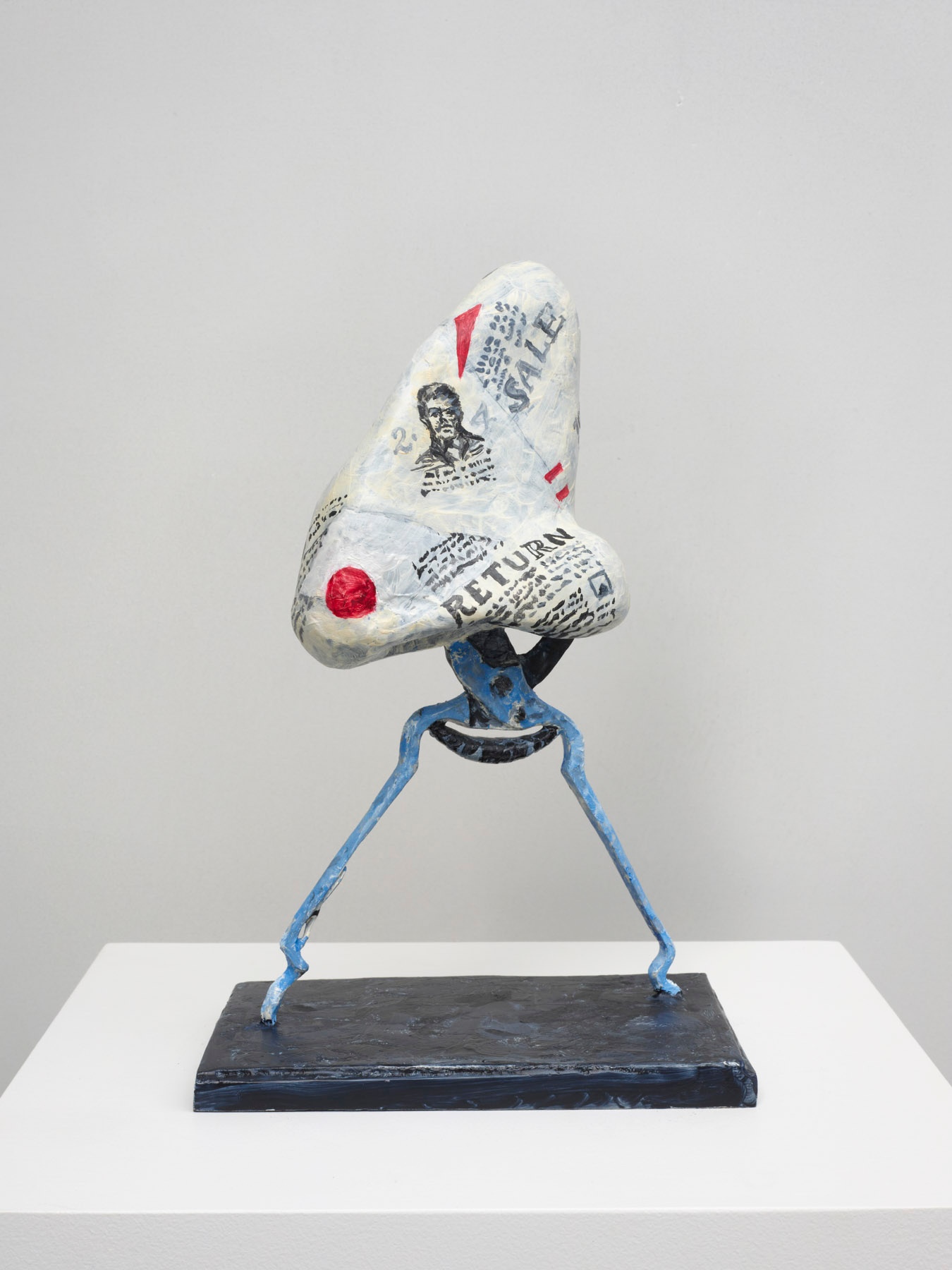William Kentridge
Kentridge finds in Shostakovich’s operatic interpretation of Gogol’s short story The Nose (1836) a reflection of absurdity’s truth. For all the apparent chaos of the work, it was deeply evocative of the political moment in which it was made. One critic, after seeing the opera debut in 1930 in Leningrad, asked, “what were we to understand as farce, what as prophecy?” He continued: “The incredible orchestral combinations, texts seemingly unthinkable to sing…the unhabitual rhythms…the incorporating of the apparently anti-poetic, anti-musical, vulgar, but what was in reality the intonation and parody of real life – all this was an assault on conventionality.” Kentridge, in discussing the opera, makes frequent reference to the transcripts taken at Soviet show trials. They too, he suggests, read as absurd plays, their scripts interspersed with stage directions – prolonged laughter, noise in the room, consternation. While suspected traitors plead for their life, the audience laughs as if it were all a mordant comedy. The lines appear as non-sequiturs; the language cleaved from its meaning.
b.1955, Johannesburg
Performing the character of the artist working on the stage (in the world) of the studio, William Kentridge centres art-making as primary action, preoccupation, and plot. Appearing across mediums as his own best actor, he draws an autobiography in walks across pages of notebooks, megaphones shouting poetry as propaganda, making a song and dance in his studio as chief conjuror in a creative play. Looking at his work, a ceaseless output and extraordinary contribution to the South African cultural landscape, one finds a repetition of people, places and histories: the city of Johannesburg, a white stinkwood tree in the garden of his childhood home (one of two planted when he was nine years old), his father (Sir Sydney Kentridge) and mother (Felicia Kentridge), both of whom contributed greatly to the dissolution of apartheid as lawyers and activists. The Kentridge home, where the artist still lives today, was populated in his childhood by his parents’ artist friends and political collaborators, a milieu that proved formative in his ongoing engagement with world histories of expansionism and oppression throughout the 20th century. Parallel to – or rather, entangled with – these reflections is an enquiry into art historical movements, particularly those that press language to unexpected ends, such as Dada, Constructivism and Surrealism.
Moving dextrously from the particular and personal to the global political terrain, Kentridge returns to metabolise these findings in the working home of the artist’s studio, where the practitioner is staged as a public figure making visible his modes of investigation. Celebrated as a leading artist of the 21st century, Kentridge is the artistic director of operas and orchestras, from Sydney to London to Paris to New York to Cape Town, known for his collaborative way of working that prioritises thinking together with fellow practitioners skilled in their disciplines (for example, as composers, as dancers). Most often, he is someone who draws, in charcoal, in pencil and pencil crayon, in ink, the gestures and mark-making assured. In a collection of books for which A4 acted as custodian during the exhibition History on One Leg, one finds 200 publications devoted to Kentridge’s practice. In the end, he has said, the work that emerges is who you are.
